Home>Garden Essentials>How To Germinate Orchids
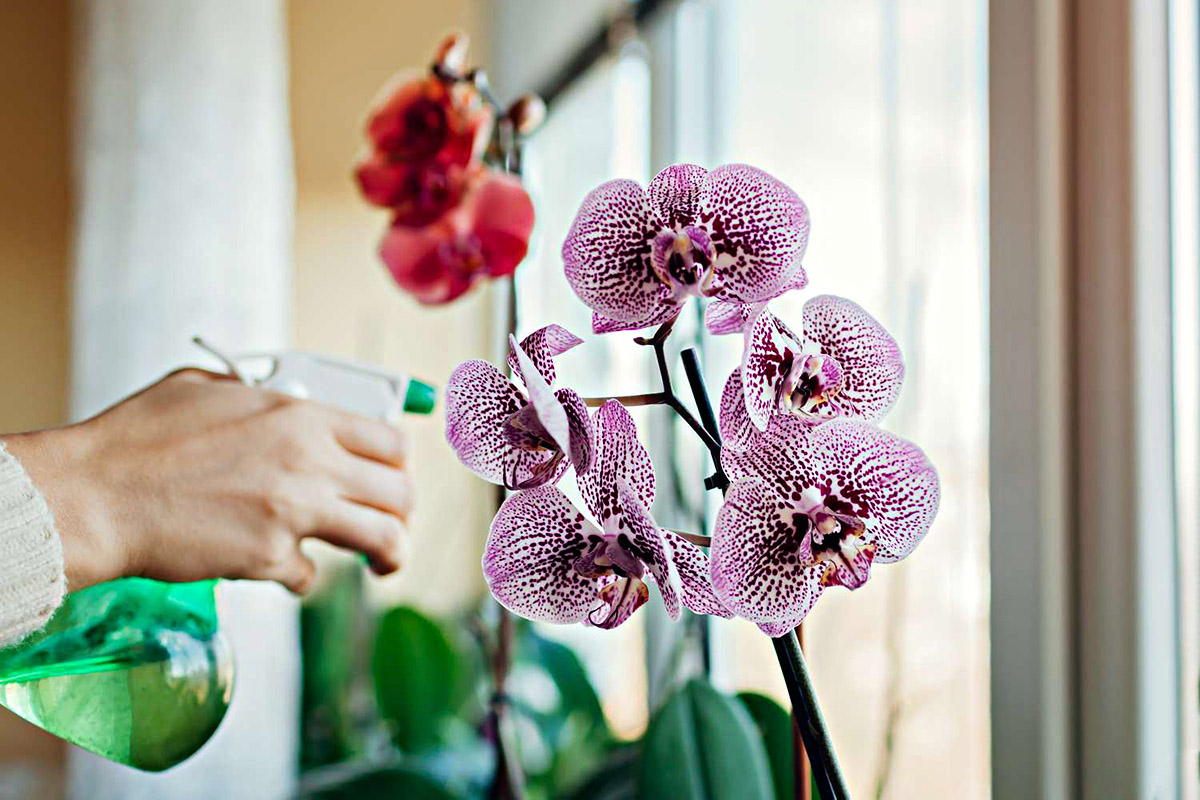

Garden Essentials
How To Germinate Orchids
Modified: March 16, 2024
Learn how to germinate orchids in your garden with our step-by-step guide. Cultivate beautiful blooms and create your own orchid paradise.
(Many of the links in this article redirect to a specific reviewed product. Your purchase of these products through affiliate links helps to generate commission for Storables.com, at no extra cost. Learn more)
Introduction
Welcome to the wonderful world of orchid germination. Orchids are one of the most beloved and exotic plants, known for their stunning blooms and delicate beauty. Growing orchids from seeds can be a rewarding and fascinating experience, allowing you to witness the complete life cycle of these enchanting flowers. Whether you are an experienced gardener or a beginner, understanding the process of orchid germination is essential to successfully cultivate these magnificent plants.
Orchid germination refers to the process of growing orchids from seeds. Unlike many other plants, orchids have very fine and dust-like seeds that require specific conditions to germinate. The germination process itself can be complex and challenging, but with the right knowledge and techniques, you can achieve success.
In this article, we will guide you through the step-by-step process of orchid germination, providing you with all the information you need to get started. From collecting orchid seeds to caring for the germinating orchids, we will cover everything you need to know to successfully grow your own orchids from seeds.
Before we delve into the specifics, it’s important to note that different orchid species have different germination requirements. It’s essential to research and understand the specific needs of the orchid species you are working with. However, there are some general guidelines that can be applied to most orchids, which we will discuss in this article.
So, if you’re ready to embark on a fascinating journey into the world of orchid germination, let’s get started!
Key Takeaways:
- Orchid seeds require specific fungi and environmental conditions to germinate, making the process complex but rewarding. Patience, attention to detail, and proper care are essential for successful orchid germination.
- Collecting, preparing the germination medium, sowing the seeds, and providing optimal conditions are crucial steps in growing orchids from seeds. Understanding and addressing common challenges can lead to successful orchid germination.
Read more: How To Plant Orchid Seeds
Understanding Orchid Germination
Before you start the process of orchid germination, it’s important to have a clear understanding of how it works. Orchid seeds are tiny and dust-like, lacking the food reserves that are typically found in other plant seeds. These seeds rely on a symbiotic relationship with a specific type of fungus called mycorrhiza to germinate and grow. The mycorrhiza fungus provides the necessary nutrients to the orchid seed, helping it establish a root system and eventually develop into a seedling.
Unlike traditional plant seeds that are surrounded by a protective seed coat, orchid seeds lack this protective covering. Instead, orchid seeds are encapsulated in a protective structure known as a capsule or pod. Inside the pod, the seeds are mixed with the fungal hyphae, forming what is known as a “protocorm”. The protocorm is the initial stage of the orchid seedling, where the mycorrhiza fungus and the seed begin their symbiotic relationship.
In nature, orchid seeds are dispersed through various means, including wind, insects, or even water. Once an orchid seed reaches a suitable environment, such as the forest floor, it begins the process of germination. This typically occurs when the conditions are favorable, such as the presence of light, moisture, and the right fungal association.
Orchid germination can be a lengthy process, often taking months or even years to complete. The timing and success of germination depend on several factors, including the specific orchid species, the quality of the seeds, and the environmental conditions provided.
Understanding the intricacies of orchid germination is vital to increasing your chances of success. By replicating the natural conditions required for germination, you can create an environment that encourages the growth and development of orchid seedlings.
Now that you have a basic understanding of orchid germination, let’s move on to the next step: collecting orchid seeds.
Collecting Orchid Seeds
Collecting orchid seeds is an exciting and important step in the germination process. However, it’s important to note that orchid seeds are not as readily available as seeds from other plants. Orchids primarily propagate through vegetative means, such as division or tissue culture. Nevertheless, if you have access to orchid flowers, you may be able to collect and harvest their seeds. Here are the steps to follow:
- Choose the right orchid: Select an orchid that has recently bloomed or is about to bloom. This ensures that the seeds are mature and have the best chance of being viable.
- Prepare the tools: Gather a clean pair of scissors or pruners, a container, and a small paintbrush or tweezers.
- Find the seedpod: Once the orchid flower has faded, examine the area where the flower was attached to the stem. You might notice a small swelling or protrusion, which indicates the presence of a seedpod.
- Harvest the seedpod: Carefully cut the stem below the seedpod, ensuring that the pod remains intact. Handle the pod with care to avoid damaging it.
- Place the seedpod in a container: Transfer the seedpod to a clean container and seal it to prevent moisture loss. Label the container with the orchid’s name and the date of collection.
- Allow the seedpod to mature and dry out: Orchid seedpods need time to mature and dry before they can be opened to collect the seeds. This can take several weeks to months, depending on the orchid species. Keep the container in a cool, dry place and check on it regularly.
- Open the seedpod and collect the seeds: Once the seedpod has dried, carefully open it using sterilized tools. You may find thousands of tiny orchid seeds inside. Use a paintbrush or tweezers to collect the seeds and transfer them to a clean, dry container.
It’s important to note that the viability of orchid seeds decreases over time, so it’s best to sow them as soon as possible for the highest chances of germination success. Also, keep in mind that some orchid species have complex germination requirements and may be more challenging to grow from seed.
Now that you have collected the orchid seeds, it’s time to prepare the germination medium. We will cover this in the next section.
Preparing Germination Medium
The germination medium is the substrate or material in which the orchid seeds will be sown. It provides a supportive environment for the seeds to germinate and develop into seedlings. The choice of germination medium is essential, as it should mimic the natural conditions in which orchids grow, allowing for successful germination. Here are the steps to prepare the germination medium:
- Select the appropriate materials: Orchid seeds require a specific combination of organic and inorganic materials to germinate. These materials can include sphagnum moss, coconut husk fiber, perlite, or vermiculite. It’s important to choose high-quality materials that are free from contaminants and have good moisture retention properties.
- Clean and sterilize the materials: Before using the materials, it’s crucial to clean and sterilize them to prevent any fungal or bacterial contamination. Rinse the materials thoroughly with clean water, then place them in a microwave-safe container. Microwave the materials on high for a few minutes to sterilize them. Allow them to cool completely before use.
- Mix the germination medium: In a clean container, combine the sterilized materials in the appropriate ratios. The exact ratios will depend on the orchid species and the specific germination requirements. Generally, a mixture of sphagnum moss and coconut husk fiber in a 2:1 ratio works well for many orchids. Add perlite or vermiculite to improve drainage and aeration.
- Moisten the germination medium: Once the materials are mixed, moisten the germination medium with distilled water or rainwater. It should be evenly damp but not saturated. Avoid using tap water, as it may contain chemicals or impurities that can harm the delicate orchid seeds.
- Transfer the moistened medium to containers: Fill clean, shallow containers or seed trays with the moistened germination medium. Make sure there are drainage holes in the containers to prevent waterlogged conditions.
- Label the containers: Label each container with the orchid species name and the date of seeding. This will help you keep track of the different orchids and their progress.
Once you have prepared the germination medium, you are ready to sow the orchid seeds. But before that, it’s crucial to understand the proper sowing techniques. We will cover this in the next section.
Sowing Orchid Seeds
Sowing orchid seeds is a delicate process that requires precision and attention to detail. Proper sowing techniques are crucial to ensure optimal germination and seedling development. Here are the steps to follow when sowing orchid seeds:
- Prepare the orchid seeds: Orchid seeds are very small and can easily be lost or damaged. To make them easier to handle, mix the seeds with a carrier material, such as fine sand or granulated charcoal, in a 1:10 ratio. This will help distribute the seeds evenly throughout the germination medium.
- Evenly spread the seed mixture: Sprinkle the seed mixture evenly over the surface of the moistened germination medium. Avoid clumping or overcrowding the seeds, as this can impede their growth.
- Lightly press the seeds into the germination medium: Gently press the seeds into the surface of the germination medium using a clean, sterilized tool. This ensures proper contact between the seeds and the medium for germination.
- Cover the seeds: Once the seeds are pressed into the medium, cover them lightly with a thin layer of the same germination medium. This protects the seeds and helps maintain a moist environment for germination.
- Mist the germination medium: Use a fine mist spray bottle to mist the surface of the germination medium. This provides moisture without disturbing the seeds. Ensure that the germination medium remains evenly moist throughout the germination process.
- Seal the containers: To maintain a humid environment, cover the containers with clear plastic wrap or a transparent lid. This helps to retain moisture and creates a miniature greenhouse effect.
- Place the containers in the proper location: Orchid seeds require specific temperature and light conditions for germination. Most orchids prefer warm temperatures around 70-80°F (21-27°C) and indirect light. Place the containers in a warm, well-lit area, but avoid direct sunlight, which can overheat the seeds.
It’s important to note that orchid seeds are extremely sensitive to contamination, so maintaining proper hygiene throughout the process is crucial. Ensure that all tools, containers, and surfaces are clean and sterilized to prevent the growth of harmful fungi or bacteria.
Now that you have sown the orchid seeds, it’s time to provide the optimum germination conditions to encourage their growth. We will discuss this in detail in the next section.
To germinate orchids, use a clear plastic container with a lid, fill it with damp sphagnum moss, and place the orchid seeds on top. Keep the container in a warm, bright location, and mist the seeds regularly to keep the moss moist.
Read more: How To Grow Orchids From Seed
Providing Optimal Germination Conditions
Creating and maintaining optimal germination conditions is essential for the successful growth of orchid seeds. Orchids have specific requirements for temperature, humidity, and light, which must be carefully controlled to ensure the best possible germination rates. Here’s how you can provide the optimal germination conditions for your orchid seeds:
- Temperature: Orchids prefer warm temperatures for germination. Most species thrive in a temperature range of 70-80°F (21-27°C). You can achieve this by placing the containers in a warm area of your home, such as near a heater or in a temperature-controlled greenhouse. Avoid exposing the containers to extreme temperatures or sudden temperature fluctuations.
- Humidity: Maintaining high humidity levels is crucial for orchid seed germination. Orchid seeds need a consistently moist environment to germinate successfully. To increase humidity, keep the containers covered with plastic wrap or a transparent lid to create a greenhouse effect. Mist the germination medium regularly to ensure it remains moist, but be careful not to oversaturate it as this can lead to fungal growth.
- Light: Orchid seeds require light to initiate germination. However, direct sunlight can be too intense and may harm the delicate seeds. Place the containers in a well-lit area, but ensure they are protected from direct sunlight. Indirect, bright light or fluorescent lighting is ideal for orchid seed germination.
- Ventilation: Proper airflow is important to prevent the buildup of stagnant air and to reduce the risk of fungal infections. However, too much air movement can dry out the germination medium. To achieve a balance, provide gentle air circulation by opening the container lids periodically or using a small fan set on low speed. Avoid direct airflow that may cause the germination medium to dry out.
Monitoring the conditions regularly is crucial to ensure they remain within the optimal range. Check the moisture levels in the germination medium and adjust as needed. Use a hygrometer to monitor humidity levels and a thermometer to track the temperature. Make any necessary adjustments to maintain the ideal conditions for your orchid seeds.
Remember, different orchid species may have their own specific preferences for germination conditions. Research the requirements of the specific orchid species you are working with to provide the most suitable environment.
Now that you’ve provided the optimal germination conditions, it’s time to care for the germinating orchids. We will discuss this in the next section.
Caring for Germinating Orchids
Proper care is essential to ensure the healthy growth and development of germinating orchids. As orchid seeds are delicate and vulnerable during this stage, they require careful attention and specific care practices. Here’s how you can provide the necessary care for your germinating orchids:
- Monitor moisture levels: Orchid seeds need a consistently moist environment to germinate successfully. Regularly check the moisture levels in the germination medium and mist it as needed to maintain the desired level of moisture. Be careful not to oversaturate the medium, as it can lead to fungal or bacterial growth.
- Watering: While misting helps maintain moisture in the germination medium, it’s important to avoid overwatering. Excessive water can lead to rot or fungal issues. Use a spray bottle or a fine-mist sprayer to water the containers gently. Water should be applied to the surface of the medium, avoiding direct contact with the delicate seedlings.
- Provide adequate light: Orchid seedlings need sufficient light for growth. Ensure they receive bright, indirect light or fluorescent lighting throughout the day. Monitor the distance between the light source and the containers to prevent the seedlings from getting too hot. Adjust the lighting as needed to provide optimum conditions for their growth.
- Protect from pests and diseases: Keep a close eye on the germinating orchids for any signs of pests or diseases. Common pests that can affect orchid seedlings include aphids, mealybugs, or fungal gnats. If any issues arise, take appropriate action to control and eliminate the pests using organic methods or insecticidal soaps, taking care to not damage the delicate seedlings.
- Ensure proper ventilation: Good airflow is crucial for the health of the germinating orchids. Proper ventilation helps prevent the buildup of stagnant air and reduces the risk of fungal or bacterial infections. If using a lid or plastic wrap to create a greenhouse effect, remember to periodically open it to allow fresh air to circulate around the seedlings.
- Monitor and adjust temperature: Orchid seedlings thrive in warm temperatures. Continuously monitor the temperature in the area where the seedlings are located and make adjustments as needed to keep it within the ideal range for their growth. Avoid exposing them to extreme temperature fluctuations, as it can stress the fragile seedlings.
- Patience and observation: Orchid germination and seedling development can be a slow process. It’s important to be patient and observe the progress of your orchids regularly. Keep track of any changes, growth, or issues that you notice, and make adjustments to your care practices accordingly.
By providing the right care and attention, you will give your germinating orchids the best chances for healthy growth. Remember that each orchid species may have slightly different care requirements, so research the specific needs of the orchids you are growing to tailor your care practices accordingly.
Now that your germinating orchids are thriving, it’s time to learn about the next step in their growth journey: transferring the seedlings to individual containers. We will cover this in the next section.
Transferring Seedlings to Individual Containers
As your orchid seedlings continue to grow and develop, they will eventually outgrow the communal germination containers and need to be transferred to individual containers. This step is crucial for their ongoing growth and allows them to establish their own root systems. Here’s how you can successfully transfer your orchid seedlings to their own containers:
- Prepare individual containers: Select small pots or containers that are suitable for the size of your seedlings. Use containers with adequate drainage holes to prevent waterlogging. Clean and sterilize the containers before use to minimize the risk of introducing any pathogens or contaminants.
- Prepare the potting medium: Orchids require a well-draining potting medium that provides good aeration. Orchid-specific potting mixes, such as bark or sphagnum moss, are commonly used. Moisten the potting medium before placing it in the individual containers.
- Remove the seedlings from the communal container: Carefully lift the seedlings from the germination container, taking care not to damage their delicate roots. Gently tease apart any tangled roots to promote better growth and prevent potential rotting.
- Plant the seedlings in individual containers: Place each seedling in a separate container, ensuring that the roots are positioned properly and spread out in the potting medium. Add more potting mix around the seedling, gently pressing it to secure the plant and provide stability. Leave a small space between the top of the potting mix and the rim of the container to allow for watering.
- Water the newly potted seedlings: Water the newly potted seedlings gently, using a spray bottle or a fine-mist sprayer to avoid disturbing the delicate roots. Ensure that the potting medium is thoroughly moistened, but avoid overwatering, as excessive moisture can lead to root rot.
- Provide proper post-transplant care: Place the individual containers in an area with appropriate light conditions for your orchid species. Avoid exposing the newly potted seedlings to direct sunlight, as they may be more sensitive during this transition phase. Monitor their watering needs and maintain consistent humidity levels to support their growth.
- Observe and adjust: Regularly monitor the seedlings for signs of stress or any issues. Adjust your care routine as needed, taking into account the specific requirements of the orchid species you are growing. As the seedlings establish themselves in their new containers, you can gradually adjust their care to align with the needs of mature orchids.
Transferring seedlings to individual containers allows them to grow and thrive independently, providing more space and resources for their development. Remember to be gentle and cautious during the transplanting process to avoid damaging the delicate seedlings.
Now that your orchid seedlings are settled in their new containers, it’s important to be aware of the common challenges that may arise during the germination process. We will discuss these challenges in the next section.
Common Challenges in Orchid Germination
While orchid germination can be a rewarding and exciting process, it is not without its challenges. Orchid seeds are delicate and require specific conditions to germinate successfully. Here are some common challenges that you may encounter during the orchid germination process and how to address them:
- Low seed viability: Orchid seeds have a relatively low viability rate, meaning that not all seeds are capable of germination. This is especially true for wild-collected seeds. To increase your chances of success, it’s important to obtain high-quality seeds from reputable sources.
- Fungal or bacterial infections: Orchid seeds are susceptible to fungal or bacterial infections, especially in humid environments. To prevent infections, maintain proper hygiene throughout the germination process. Use sterilized tools and containers, and avoid overwatering or creating excessively wet conditions for the seeds.
- Incorrect germination medium: Using an inappropriate or poorly prepared germination medium can hinder germination rates. Ensure that you’re using a suitable medium that allows for proper moisture retention, aeration, and supports the growth of mycorrhiza. Research the specific requirements of the orchid species you are working with.
- Insufficient light: Orchid seeds require sufficient light to trigger germination. If the seeds are kept in low light conditions or shaded areas, germination may be delayed or inhibited. Ensure the seedlings receive adequate, indirect light for their growth. Supplemental fluorescent lighting can be beneficial if natural light is insufficient.
- Temperature fluctuations: Orchids thrive in a relatively stable temperature range. Sudden temperature fluctuations, especially exposure to low temperatures, can negatively impact germination rates. Maintaining a consistent and suitable temperature throughout the germination process is important for successful seedling development.
- Improper watering: Overwatering or underwatering can be detrimental to orchid seed germination. Striking the right balance is crucial. Avoid waterlogged conditions or allowing the medium to dry out completely. Maintain even moisture levels in the germination medium by misting or using a fine-mist sprayer.
- Slow growth: Orchid germination and seedling growth can be a slow process, often taking several months or even years. Patience is key in this journey. Monitor the progress of your seedlings regularly, make adjustments to their care routine as needed, and provide consistent, optimal conditions for them to develop.
Remember that each orchid species has its unique requirements and challenges. Understanding the specific needs of the orchids you are working with is crucial for overcoming these challenges and achieving successful germination.
With proper care, attention, and knowledge, you can overcome these common challenges and enjoy the rewarding experience of growing orchids from seeds.
As we conclude this article, we hope that it has provided you with a comprehensive understanding of orchid germination and the necessary steps to successfully grow your own orchids from seeds. With dedication and patience, you can embark on this beautiful journey of nurturing and watching your orchids flourish.
Read more: How To Grow Orchids From Seeds
Conclusion
Growing orchids from seeds is a captivating and rewarding experience that allows you to witness the complete life cycle of these exquisite plants. Orchid germination requires patience, attention to detail, and an understanding of the specific requirements of each orchid species. By following the steps outlined in this article, you can increase your chances of successful germination and enjoy the beauty of growing orchids from seeds.
From collecting orchid seeds to preparing the germination medium, sowing the seeds, providing optimal germination conditions, and caring for the germinating orchids, each step plays a crucial role in the health and growth of your orchid seedlings. It’s important to maintain proper hygiene, monitor moisture levels, provide adequate light, and ensure a stable temperature throughout the germination process. Additionally, being aware of common challenges such as low seed viability, infections, light and temperature fluctuations, and slow growth can help you address these issues effectively.
Remember that growing orchids from seeds is a journey that requires patience and dedication. Orchid germination can take time, often months or even years, but the satisfaction of seeing your seedlings develop into mature plants is truly worth it.
As you embark on your orchid germination journey, it’s important to continue learning and expanding your knowledge. Research the specific requirements of the orchid species you are working with, seek advice from fellow orchid enthusiasts or local horticultural societies, and take joy in experimenting and discovering what works best for your orchids.
So, dive into the enchanting world of orchid germination, embrace the challenges, and relish in the beauty of nurturing these remarkable plants from tiny seeds to stunning blooms. With the right care and a touch of passion, you can enjoy the gratifying experience of witnessing the magic of orchid germination unfold before your eyes.
Frequently Asked Questions about How To Germinate Orchids
Was this page helpful?
At Storables.com, we guarantee accurate and reliable information. Our content, validated by Expert Board Contributors, is crafted following stringent Editorial Policies. We're committed to providing you with well-researched, expert-backed insights for all your informational needs.

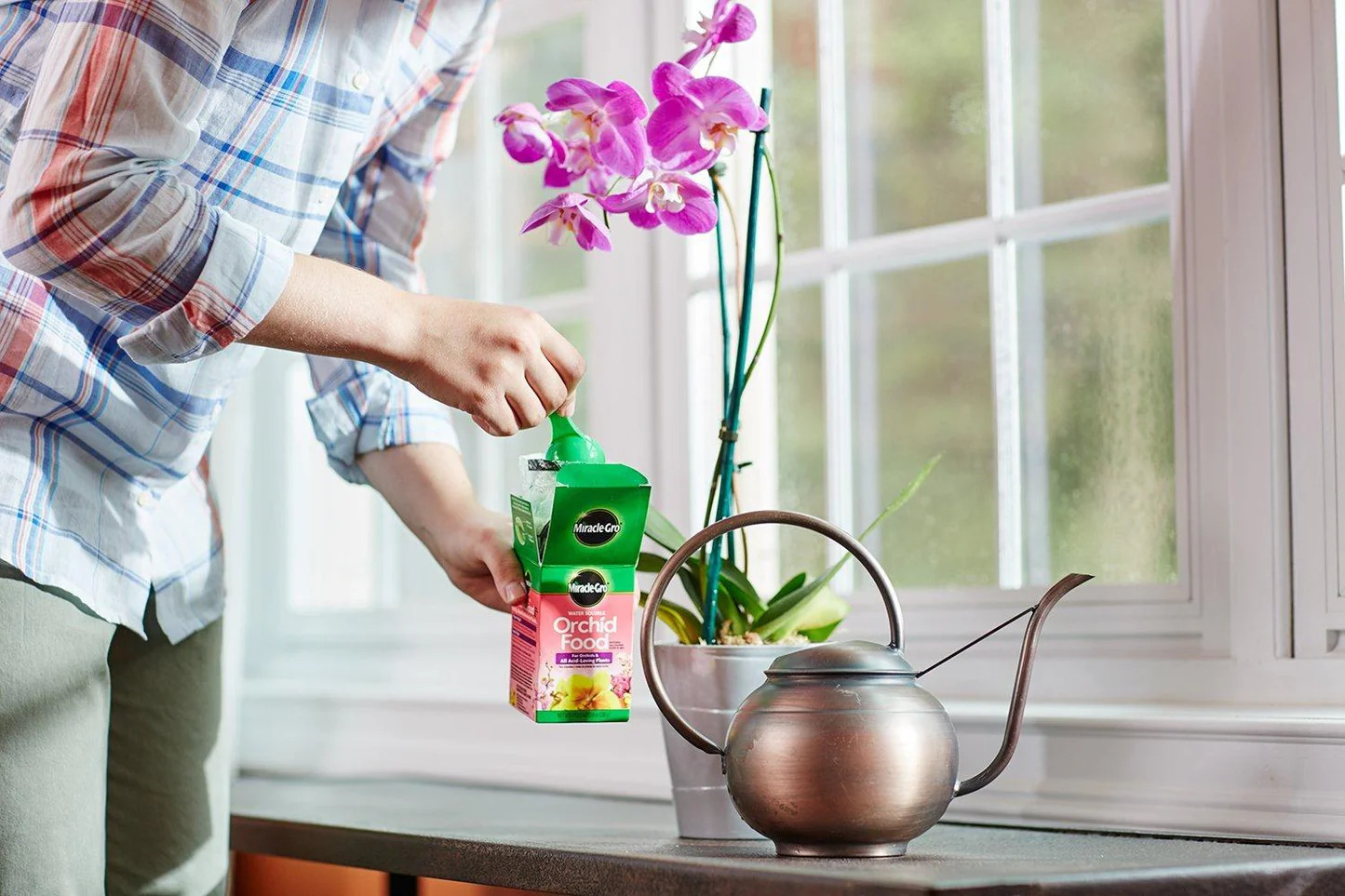
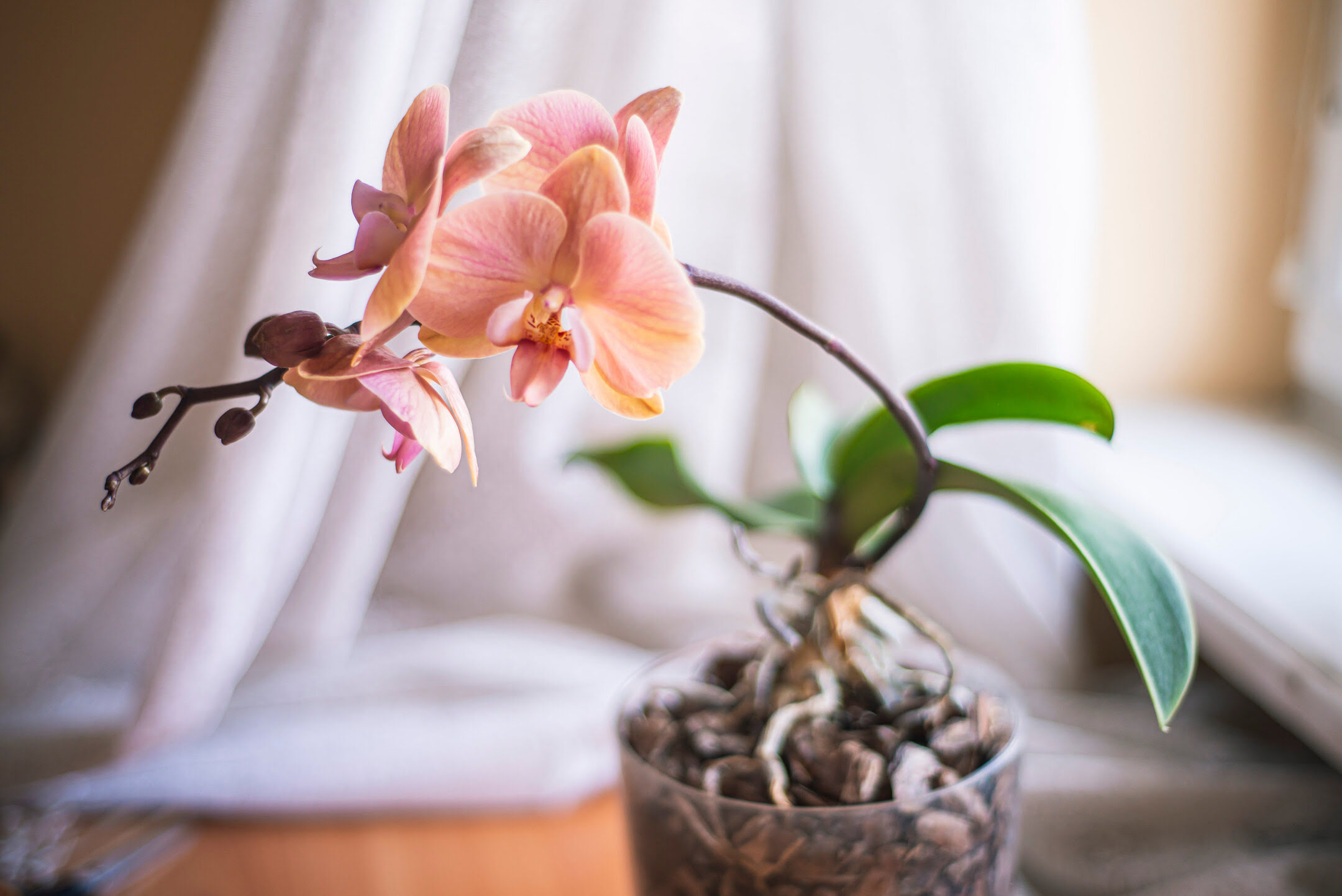
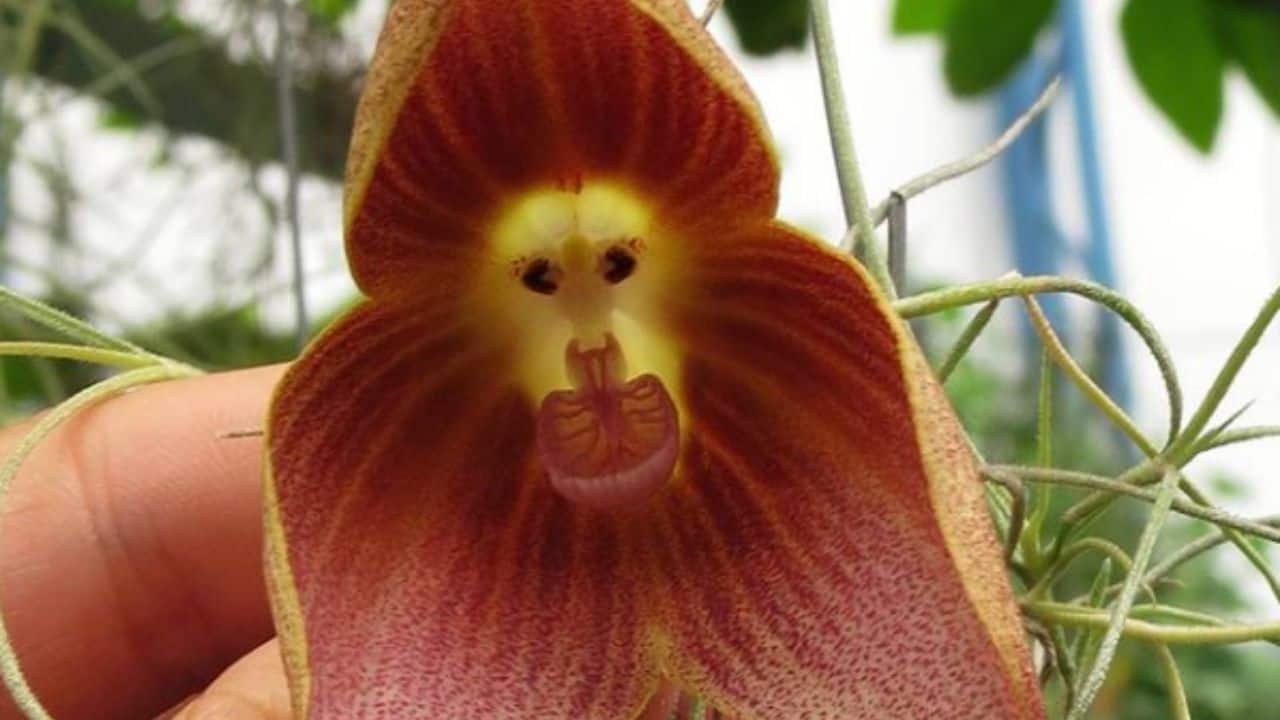
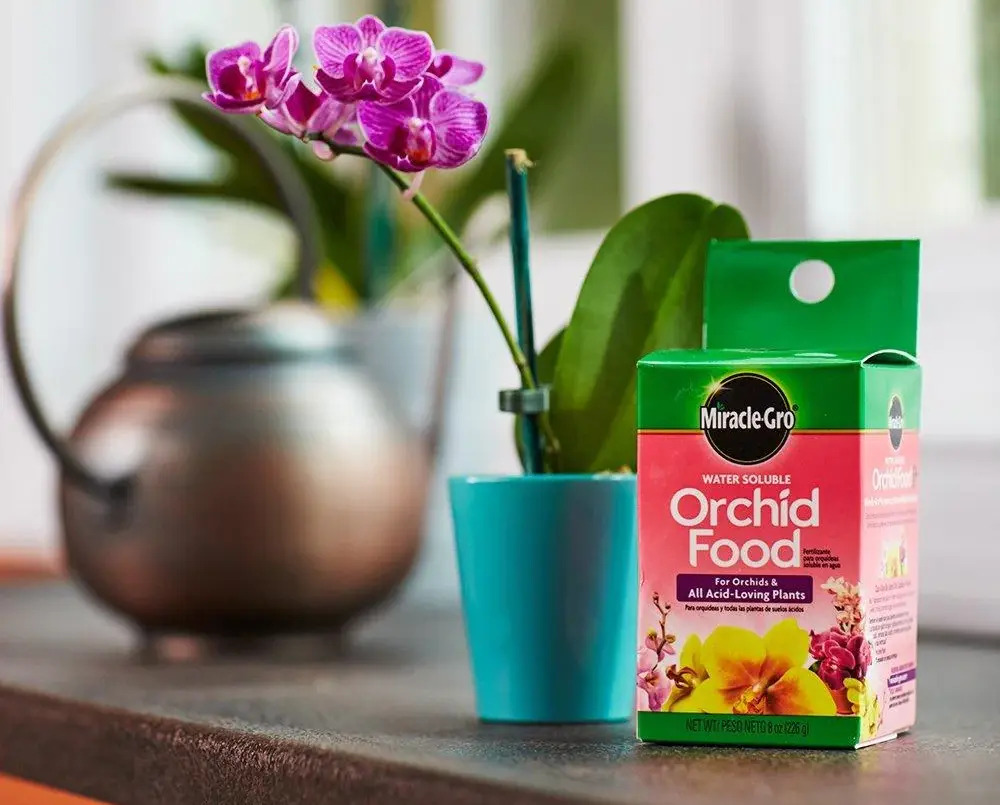
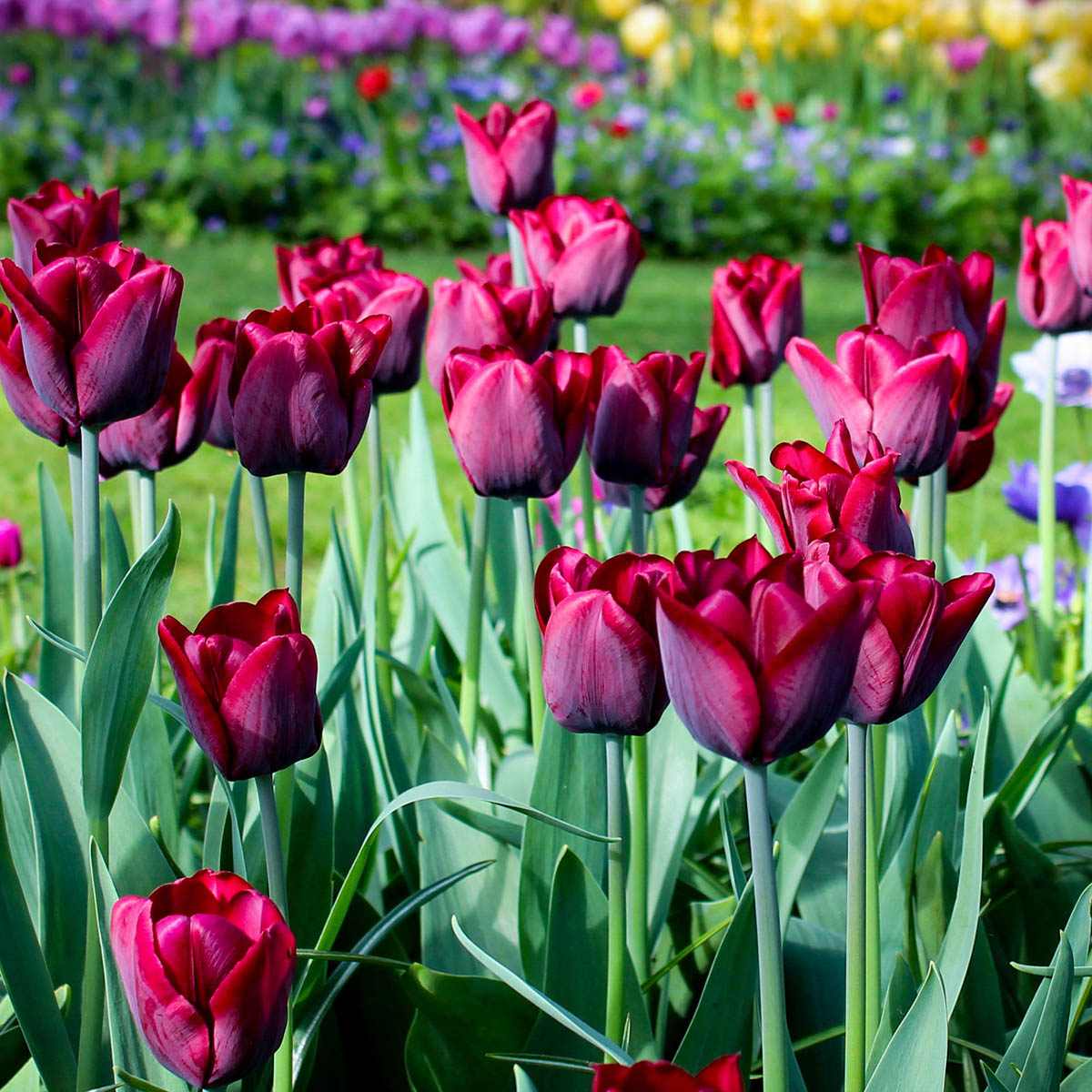
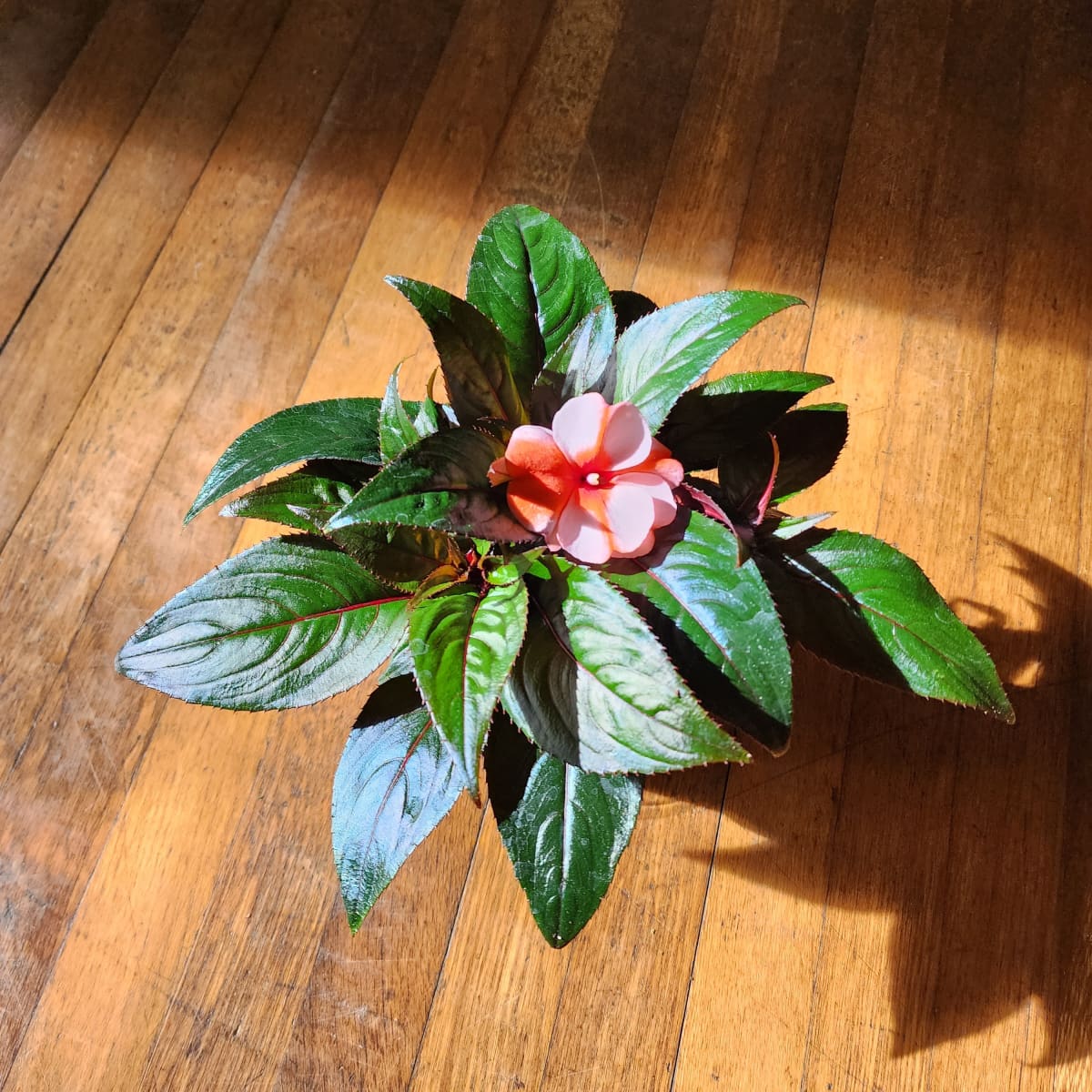
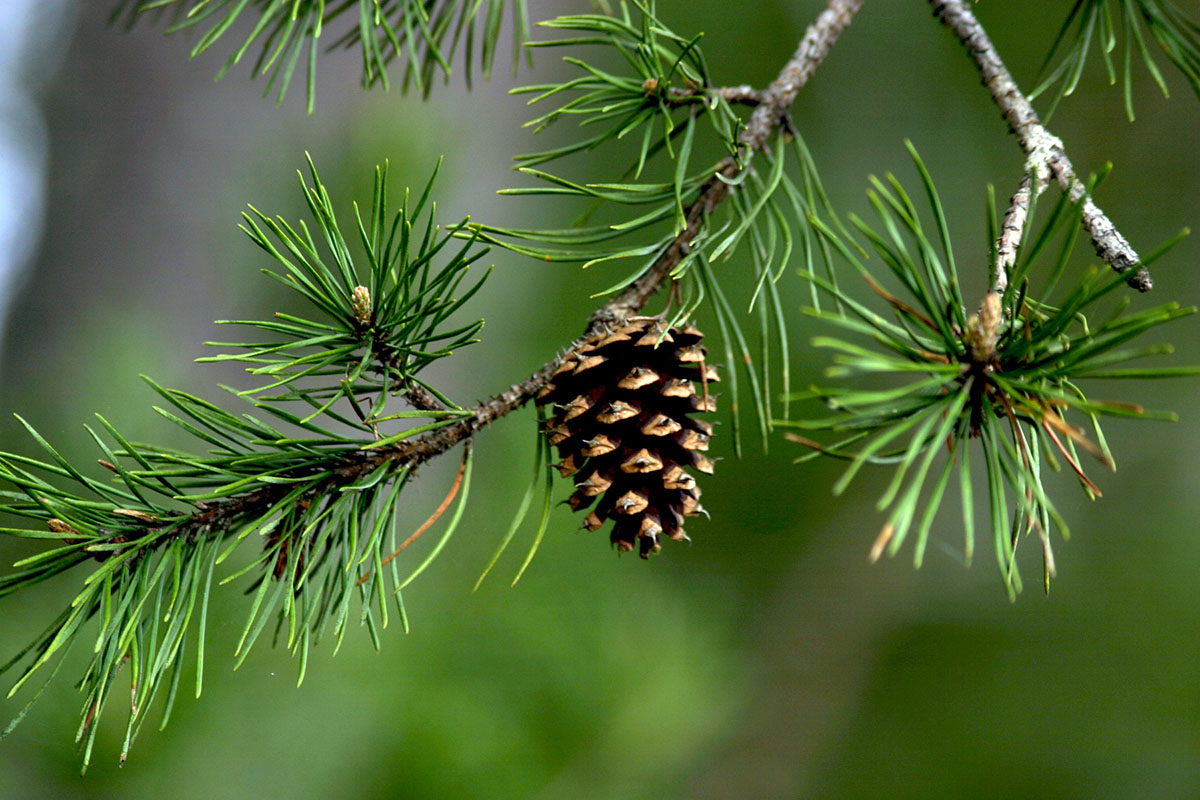
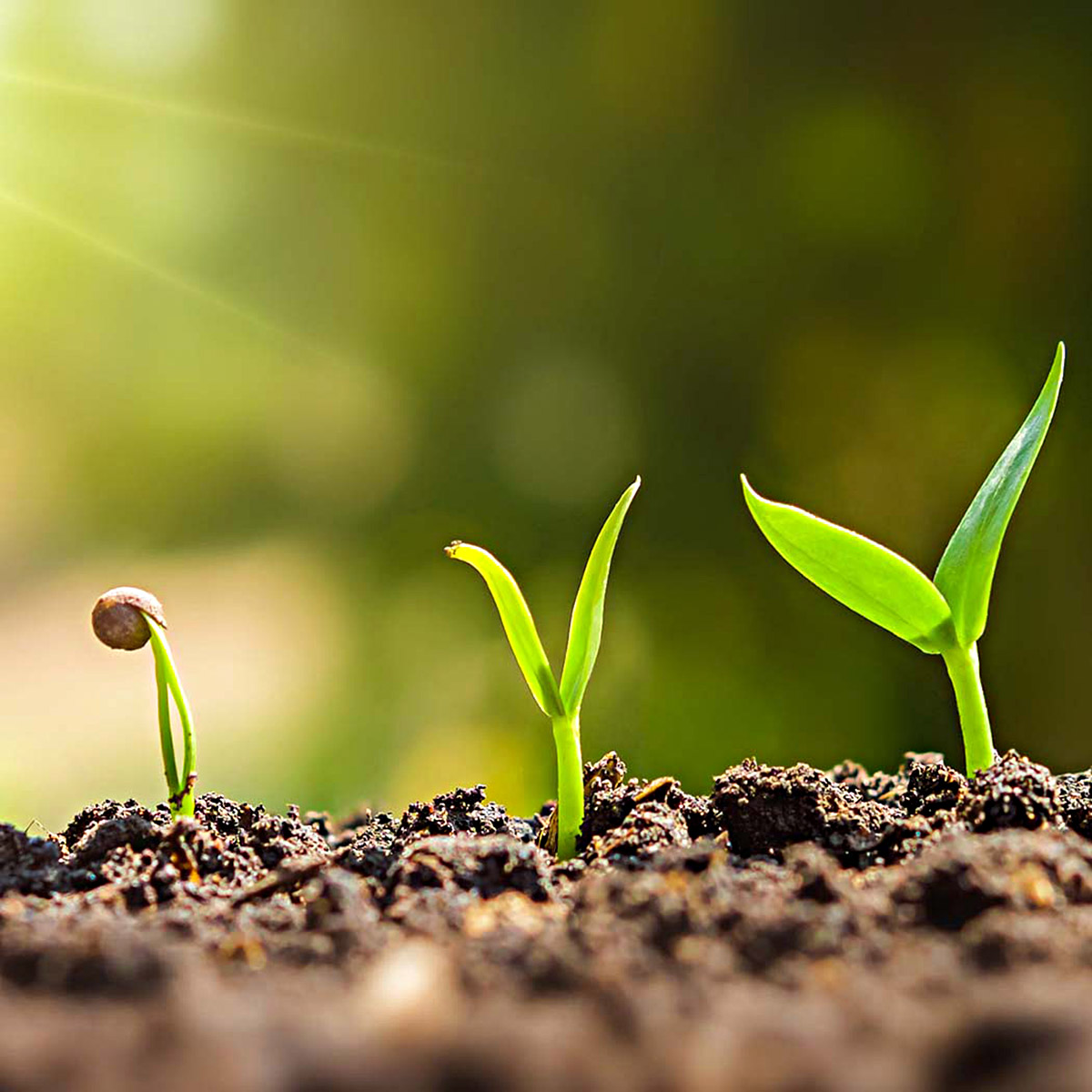
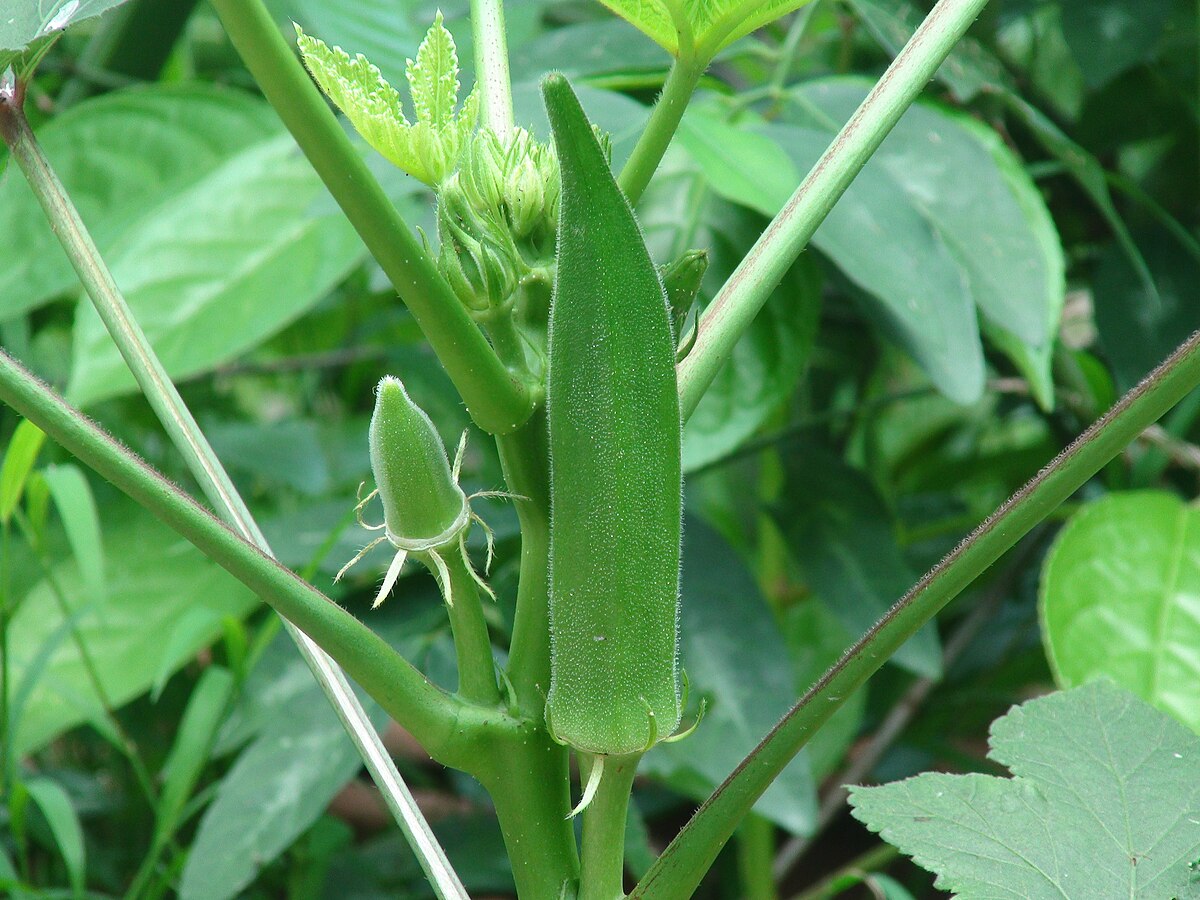
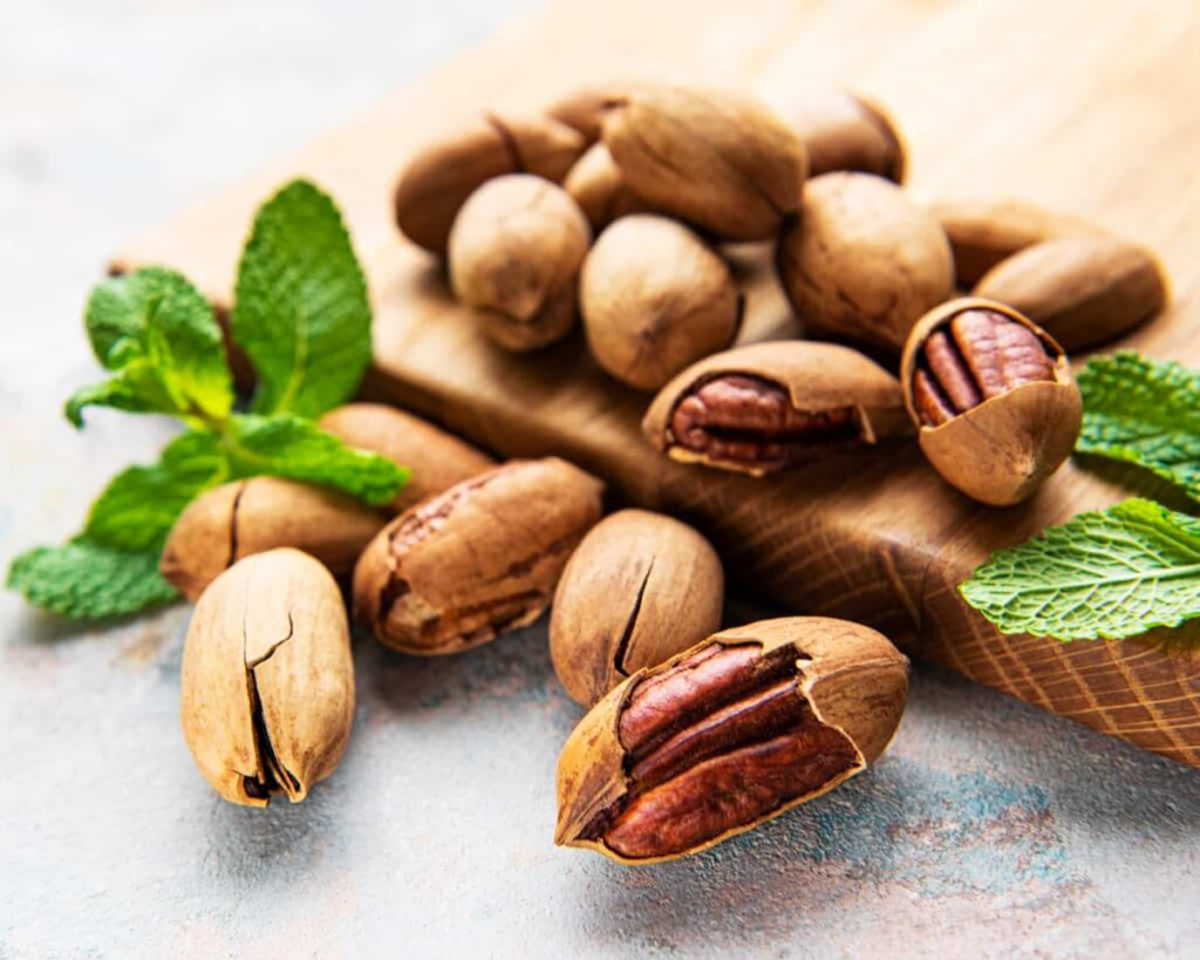
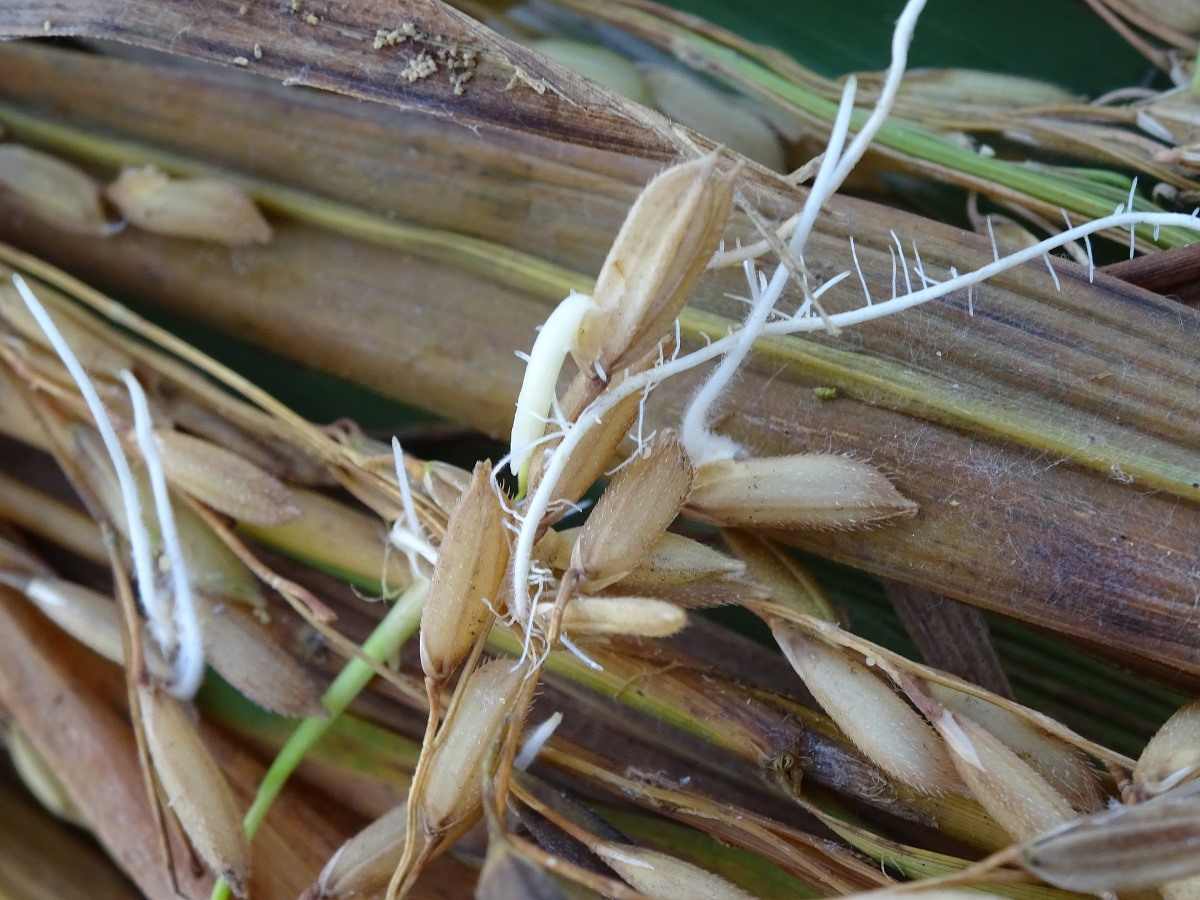
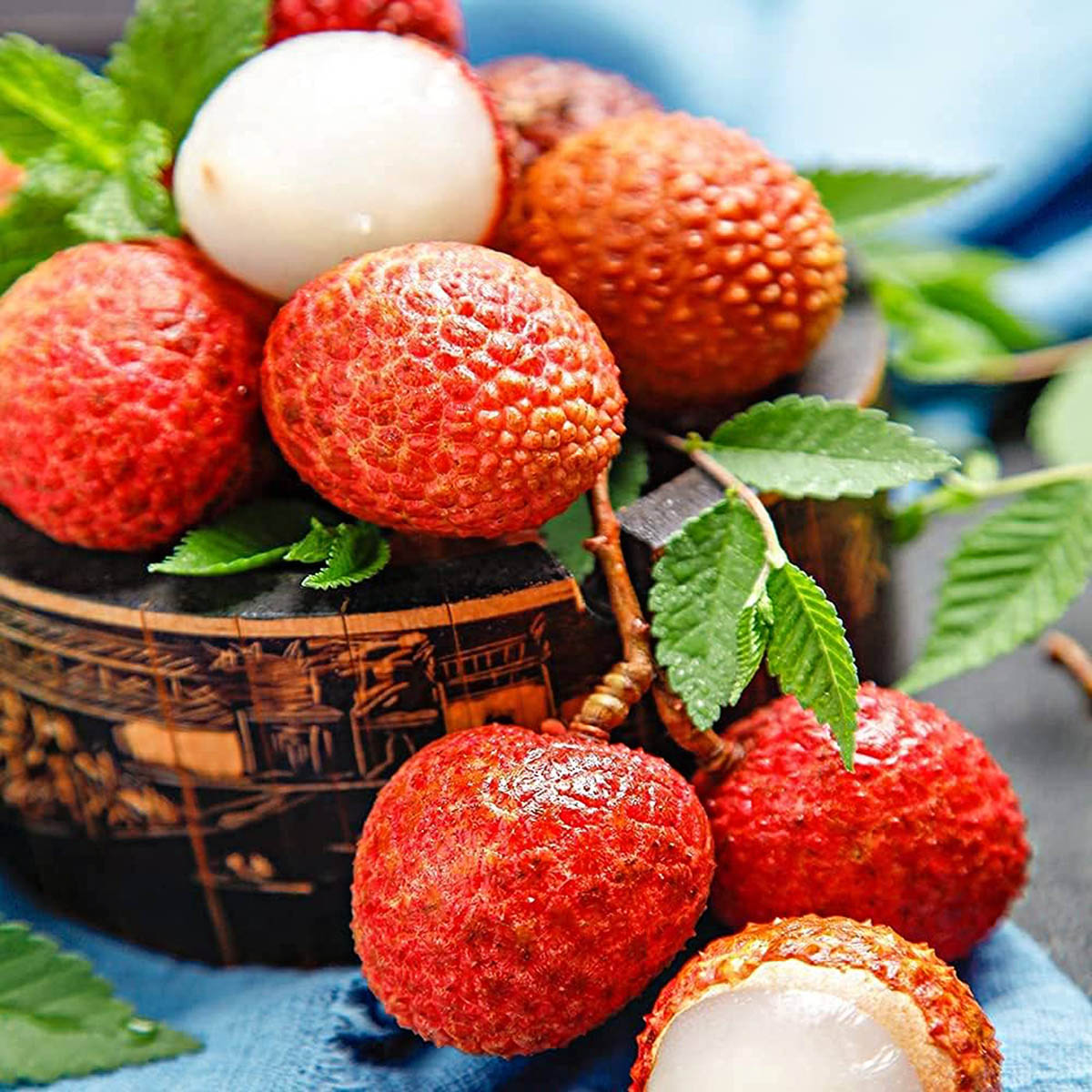

0 thoughts on “How To Germinate Orchids”